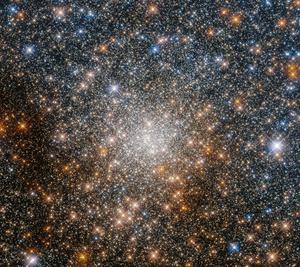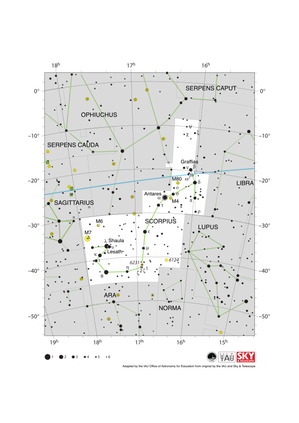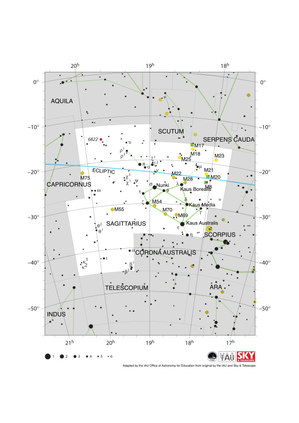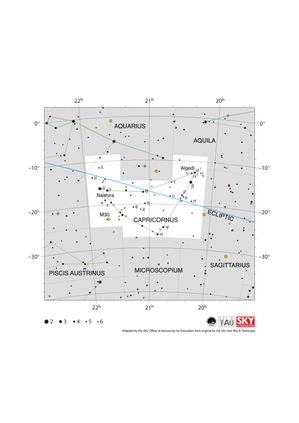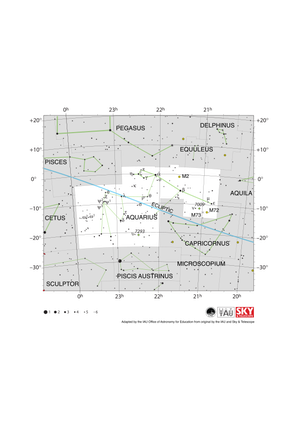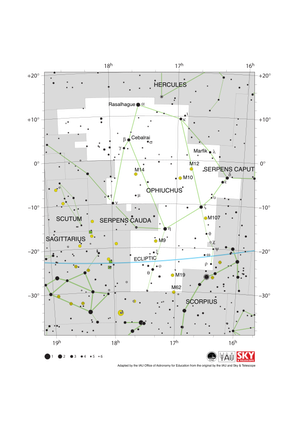Glossary term: Globular Cluster
Description: A globular cluster is a massive, spherically-shaped and densely-packed group of stars that is gravitationally bound and stable over billions of years. In the Milky Way, globular clusters are made up of only very old stars (in general, ages of 11–13 billion years). Globular clusters are some of the oldest objects in the Milky Way. For most globular clusters the constituent stars all formed at approximately the same time although a few globular clusters show evidence of multiple generations of stars. The Milky Way has approximately 160 globular clusters (mostly residing in its halo), while giant elliptical galaxies can have many thousands.
Related Terms:
See this term in other languages
Term and definition status: This term and its definition have been approved by a research astronomer and a teacher
The OAE Multilingual Glossary is a project of the IAU Office of Astronomy for Education (OAE) in collaboration with the IAU Office of Astronomy Outreach (OAO). The terms and definitions were chosen, written and reviewed by a collective effort from the OAE, the OAE Centers and Nodes, the OAE National Astronomy Education Coordinators (NAECs) and other volunteers. You can find a full list of credits here. All glossary terms and their definitions are released under a Creative Commons CC BY-4.0 license and should be credited to "IAU OAE".
If you notice a factual error in this glossary definition then please get in touch.
Related Media
Stars in globular clusters near the heart of the Milky Way
Credit: ESA/Hubble & NASA, R. Cohen credit link
License: PD Public Domain icons
Related Diagrams
Scorpius Constellation Map
Credit: Adapted by the IAU Office of Astronomy for Education from the original by IAU/Sky & Telescope
License: CC-BY-4.0 Creative Commons Attribution 4.0 International (CC BY 4.0) icons
Sagittarius Constellation Map
Credit: Adapted by the IAU Office of Astronomy for Education from the original by IAU/Sky & Telescope
License: CC-BY-4.0 Creative Commons Attribution 4.0 International (CC BY 4.0) icons
Capricornus Constellation Map
Credit: Adapted by the IAU Office of Astronomy for Education from the original by IAU/Sky & Telescope
License: CC-BY-4.0 Creative Commons Attribution 4.0 International (CC BY 4.0) icons
Aquarius Constellation Map
Credit: Adapted by the IAU Office of Astronomy for Education from the original by IAU/Sky & Telescope
License: CC-BY-4.0 Creative Commons Attribution 4.0 International (CC BY 4.0) icons
Ophiuchus Constellation Map
Credit: Adapted by the IAU Office of Astronomy for Education from the original by IAU/Sky & Telescope
License: CC-BY-4.0 Creative Commons Attribution 4.0 International (CC BY 4.0) icons
